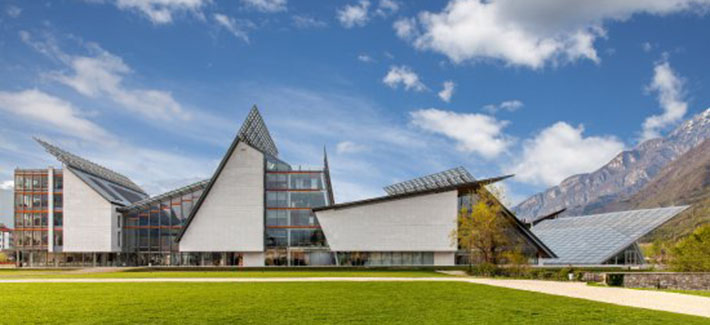
Goal 13: Take urgent action to combat climate change and its impacts
- Target 13.3: Improve education, awareness-raising, and human and institutional capacity on climate change mitigation, adaptation, impact reduction, and early warning
Goal 15: Sustainably manage forests, combat desertification, halt and reverse land degradation, halt biodiversity loss
- Target 15.2: By 2020, promote the implementation of sustainable management of all types of forests, halt deforestation, restore degraded forests, and substantially increase afforestation and reforestation globally
- Target 15.a: Mobilize and significantly increase financial resources from all sources to conserve and sustainably use biodiversity and ecosystems
- Target 15.b: Mobilize significant resources from all sources and at all levels to finance sustainable forest management and provide adequate incentives to developing countries to advance such management, including for conservation and reforestation
By Manuel Ballatore, MUSE-Museo delle Scienze, Trento, Italy
Since its opening in 2013, MUSE has been involved in many actions to promote sustainability topics intertwining science, society, nature, and art. Even the structure, designed by the famous architect Renzo Piano, pays attention to the environment, achieving LEED Gold certification. In the galleries, specific sections have been developed to spread awareness on environmental issues.
One of the most effective examples is the Science on a Sphere exhibit. This big sphere, developed by NOAA (U.S. National Oceanic and Atmospheric Administration), displays the data of complex environmental systems in an intuitive and attractive way. We perform science show activities beside this sphere. Sometimes these activities become a real piece of theatre, engaging the visitor on a journey in search of a paradigm that accounts for the culture of limits and complexity in a friendly and unusual manner not usually found in a “museum.”
MUSE has also started a citizen science project. The “Black Carbon Project” was created to raise community awareness about environmental issues by using a participatory process for the direct measurement of this air pollutant. The museum has launched a campaign to measure this pollutant, allowing the people themselves to assess its concentration and share the results. Anyone who participates can discover what it means to be a citizen scientist.
Additionally, MUSE developed a permanent research center in the Udzungwa Mountains National Park, Tanzania, to preserve, educate, and conduct research on biodiversity.
The Udzungwa Mountains are one of the most important biodiversity hotspots in Africa and one of the richest in the world. The international importance of the area and the need to monitor biodiversity have motivated our museum to found the Centre for Ecological Monitoring as a support structure to the National Park, for the development of biodiversity monitoring programs and environmental education for primary schools.
Since 2009, MUSE has operated the first site in Africa for a pantropical network of research stations to monitor biodiversity in a standardized way (Tropical Ecology, Assessment and Monitoring). An environmental education program for schools in the area was also launched in 2008.



